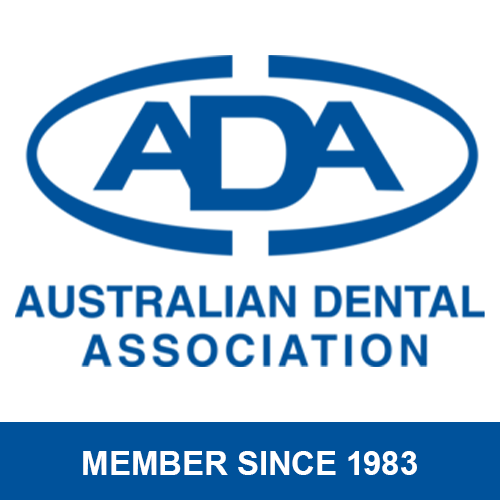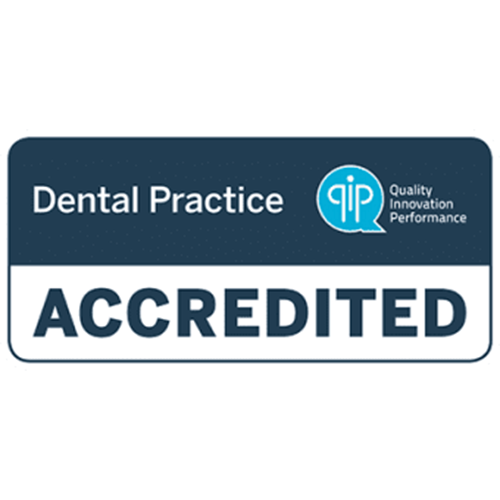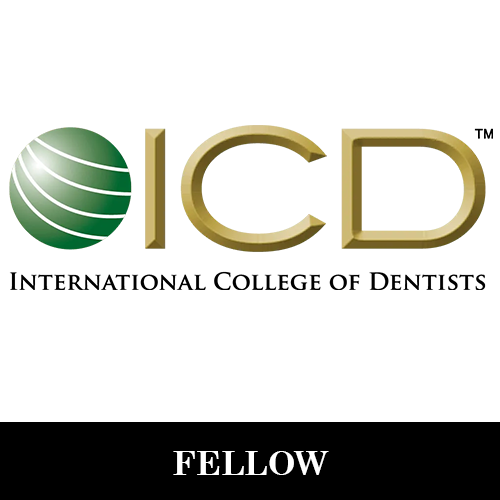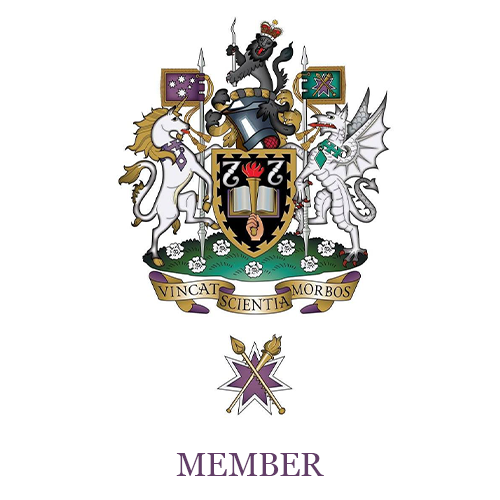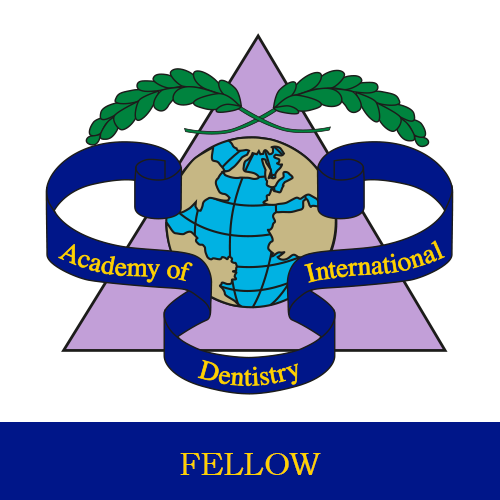Cosmetic Dentistry
Today, Cosmetic Dentistry is more popular than ever, from whitening and shaping to closing spaces and replacing teeth. And Dentists have a wide array of tools and techniques at their disposal for improving the look of your smile.
Before deciding to undergo any cosmetic procedure, it’s important to know the benefits and risks and what you can expect during the process.
Teeth Whitening
Over time, teeth can become stained or discoloured, especially after smoking, taking certain medications, or consuming foods and beverages such as coffee and tea. Using a chemical process, your dentist can bleach your teeth in one of two ways – in-office procedure, or provide you with a system to use at home.
Bonding
Bonding may improve how your teeth look if they have excess space between them, or if they are chipped, broken, stained, or cracked.
Our Dentists also use bonding materials to fill small cavities or to protect the exposed root of a tooth.
Veneers
These custom shells, typically made of porcelain, cover the front sides of the teeth to change their color and/or shape. Veneers last longer than bonding and provide a superior appearance. They are less expensive than crowns. Veneers can improve teeth that:
- Have spaces between them
- Have become chipped or worn
- Are permanently stained
- Are poorly shaped
- Are slightly crooked
Crowns
Sometimes called caps, crowns completely cover a tooth, restoring a normal shape and appearance. You may need a crown to:
- Cover a misshapen or discolored tooth
- Protect a weak tooth
- Restore a broken or worn tooth
- Cover a tooth with a large filling
- Hold a dental bridge in place
- Cover a dental implant
- Cover a tooth that’s had a root canal procedure
Crowns can be made from metal, porcelain fused to metal, resin, or ceramic materials. Because crowns are costly, dentists usually suggest them only when other procedures can’t produce a pleasing result.
Enamel Shaping and Contouring
Enamel shaping and contouring involves removing or contouring dental enamel to improve the appearance of your teeth. Dentists may combine this process with bonding.
Often used to alter the length, shape, or position of teeth, reshaping and contouring can correct:
- Crooked or overlapping teeth
- Chipped and irregular teeth
- Minor bite problems
Braces
Today, people of almost all ages are benefiting from braces. Braces not only improve the look of teeth that are crooked or crowded. They can improve an irregular bite and correct jaw positioning and jaw joint disorders.
Braces are worn to apply pressure to and reposition the teeth, usually over the a few months to longer for more advanced cases.
Bridges
Sometimes called a fixed partial denture, bridges are used to replace missing teeth with artificial teeth. Bridges can be made of gold, alloys, porcelain, or a combination. Our Dentists anchor them onto surrounding teeth after preparing them for crowns. Then a false tooth joins to the crowns and the bridge is cemented onto the prepared teeth. Only your dentist can remove a fixed bridge.
The success of your bridge depends upon its foundation. So, remember that oral hygiene to keep remaining teeth healthy is particularly important if you wear a bridge.
Implants
Implants are a long-term solution for replacing missing teeth. You can get an implant to replace a tooth. Or two or more implants can provide a stable support for replacing several teeth.
Please call our friendly Dental team to make an appointment so we can discuss your dental needs on 02 4869 3111.
Site Links
Our Services
Locations We Service
Contacts
ABN: 40 525 320 779
Trading Hours
- Monday
- -
- Tuesday
- -
- Wednesday
- -
- Thursday
- -
- Friday
- -
- Saturday
- Closed
- Sunday
- Closed



